🍅 10 Mind-Blowing Foods You've Been Calling Vegetables (But Are Secretly Fruits!) 🤯
Introduction: Produce Aisle Plot Twist! 🍎🥦
We all think we know our fruits and vegetables, right? Tomatoes are red and juicy – fruit! Broccoli is green and crunchy – vegetable! But hold on to your shopping carts, folks, because the produce aisle is full of delicious deceptions! Prepare to have your culinary world rocked as we unveil 10 common foods you've likely been miscategorizing your whole life. Botanically speaking, these seemingly savory staples are actually fruits in disguise! Get ready for some mind-blowing food facts that will change the way you see your plate forever. Let's dive into this fruity vegetable confusion!
1. Tomato: The OG Fruit Pretender 🍅
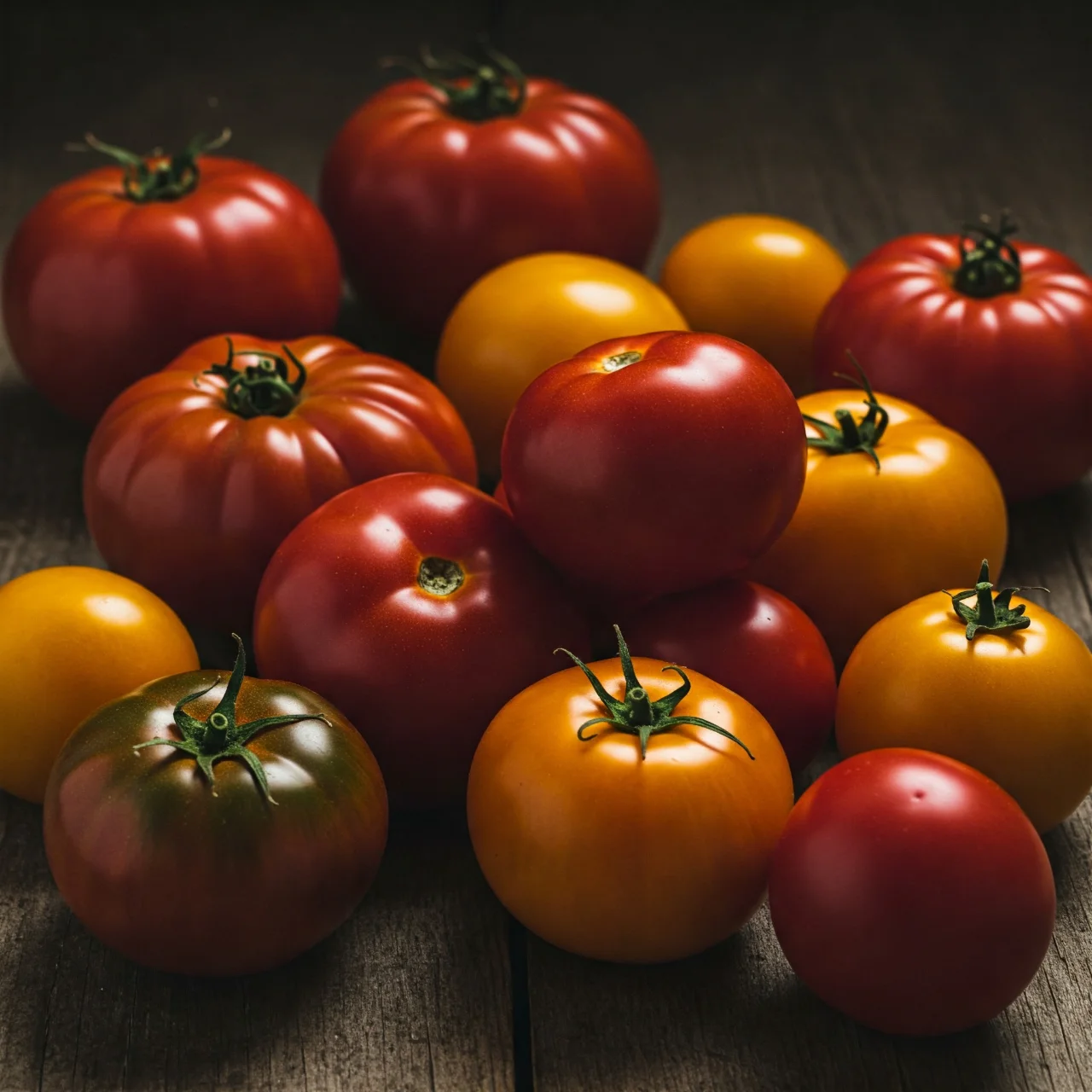
Let's start with the king of fruit-vegetable confusion: the tomato! Culinary uses place it firmly in the vegetable camp, starring in salads, sauces, and savory dishes. But botanically, there's no denying it – the tomato is a fruit! Specifically, it's a berry, developing from the flower of the tomato plant and containing seeds. This juicy delight often sparks debates, but the scientific classification is clear. So, next time you're building a veggie platter, remember you're sneaking in a sweet, seed-bearing fruit. It's a versatile ingredient that bridges both worlds, blurring the lines between fruit and vegetable in our kitchens and minds.
2. Cucumber: Cool, Crisp, and Technically a Fruit! 🥒
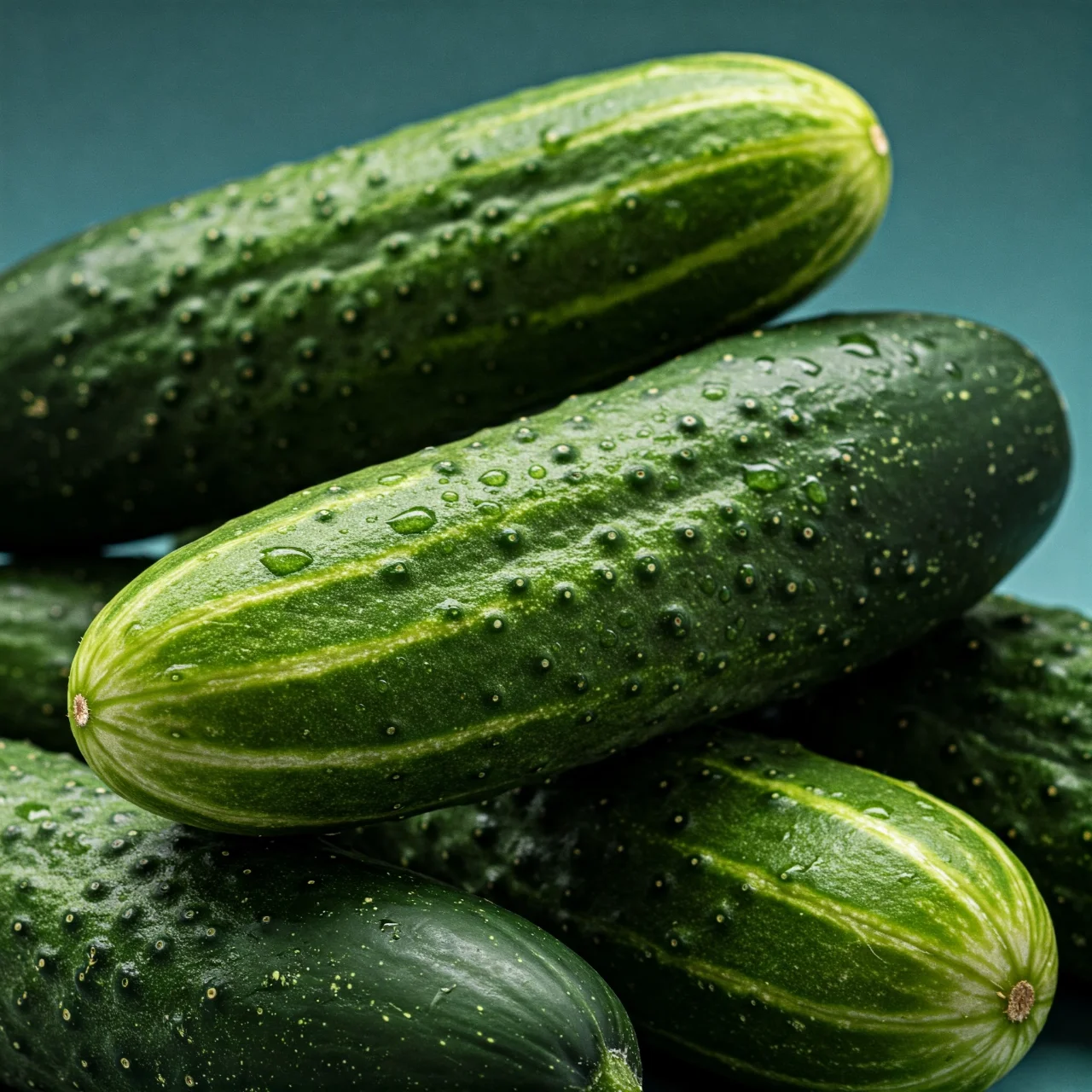
Refreshing cucumbers, with their cool crunch, are salad staples and পিকling favorites. We slice them into sandwiches, blend them into gazpacho, and think of them as quintessential vegetables. However, just like tomatoes, cucumbers develop from a flower and contain seeds, making them botanically fruits! Their mild flavor profile lends itself perfectly to savory dishes, reinforcing their vegetable image. But beneath the surface, this elongated green delight is hiding its fruity identity. Enjoy your cucumber sandwiches with a newfound appreciation for their secret botanical classification. It’s a subtle fruit, cleverly disguised in our veggie-loving world.
3. Bell Peppers: Sweet, Spicy, and Undeniably Fruits 🫑
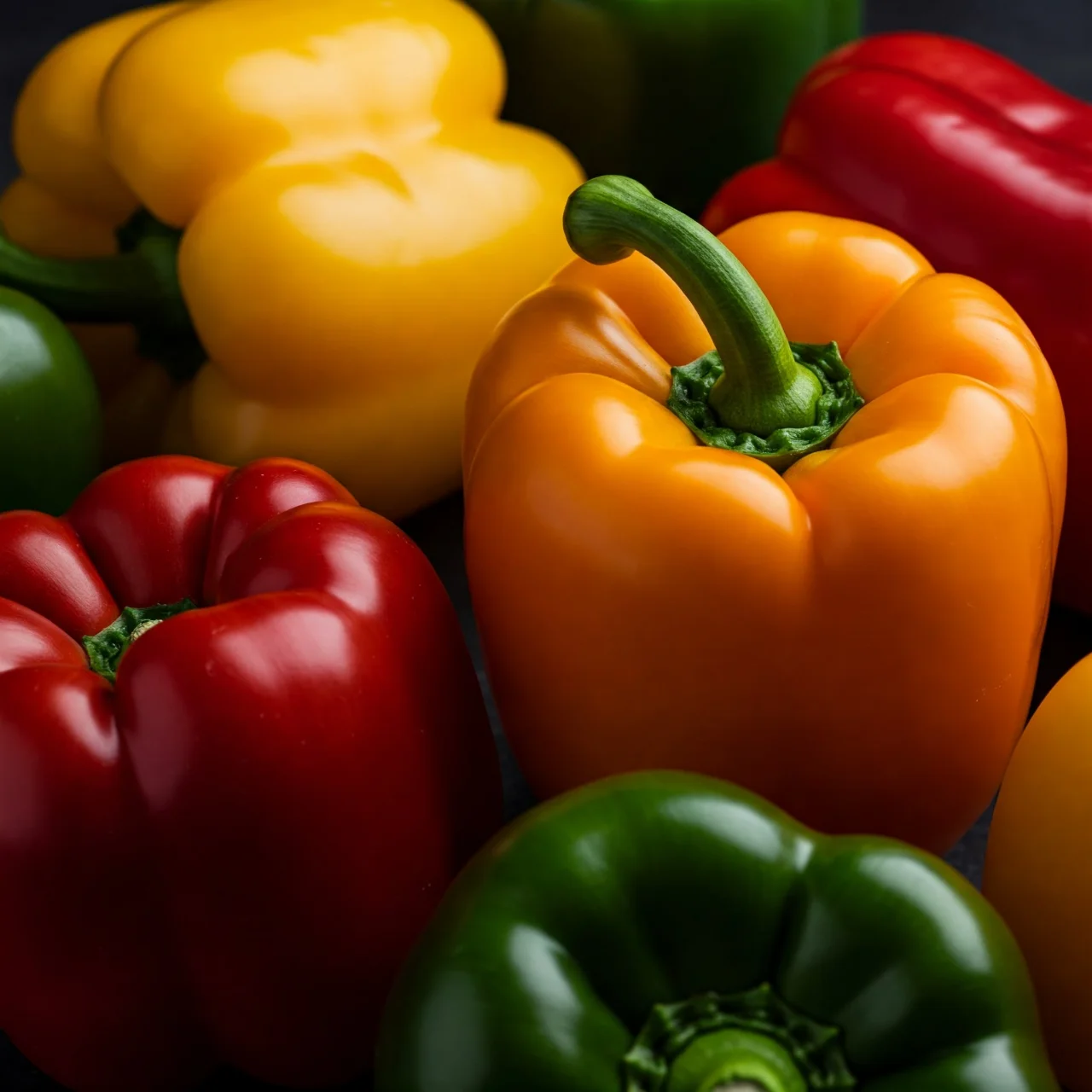
Whether they're red, green, yellow, or orange, bell peppers add vibrant color and flavor to countless dishes. From stir-fries to fajitas, we treat them as vegetables without a second thought. But surprise! Bell peppers are fruits! They grow from flowering plants and house seeds inside. Their slightly sweet taste, especially in red and yellow varieties, hints at their fruity nature. Next time you’re chopping bell peppers for a veggie tray, remember you're adding a touch of fruitiness to the mix. These colorful pods are a delicious reminder that botanical definitions can sometimes surprise our culinary assumptions.
4. Eggplant: Spongy, Savory, and Fruitfully Misunderstood 🍆
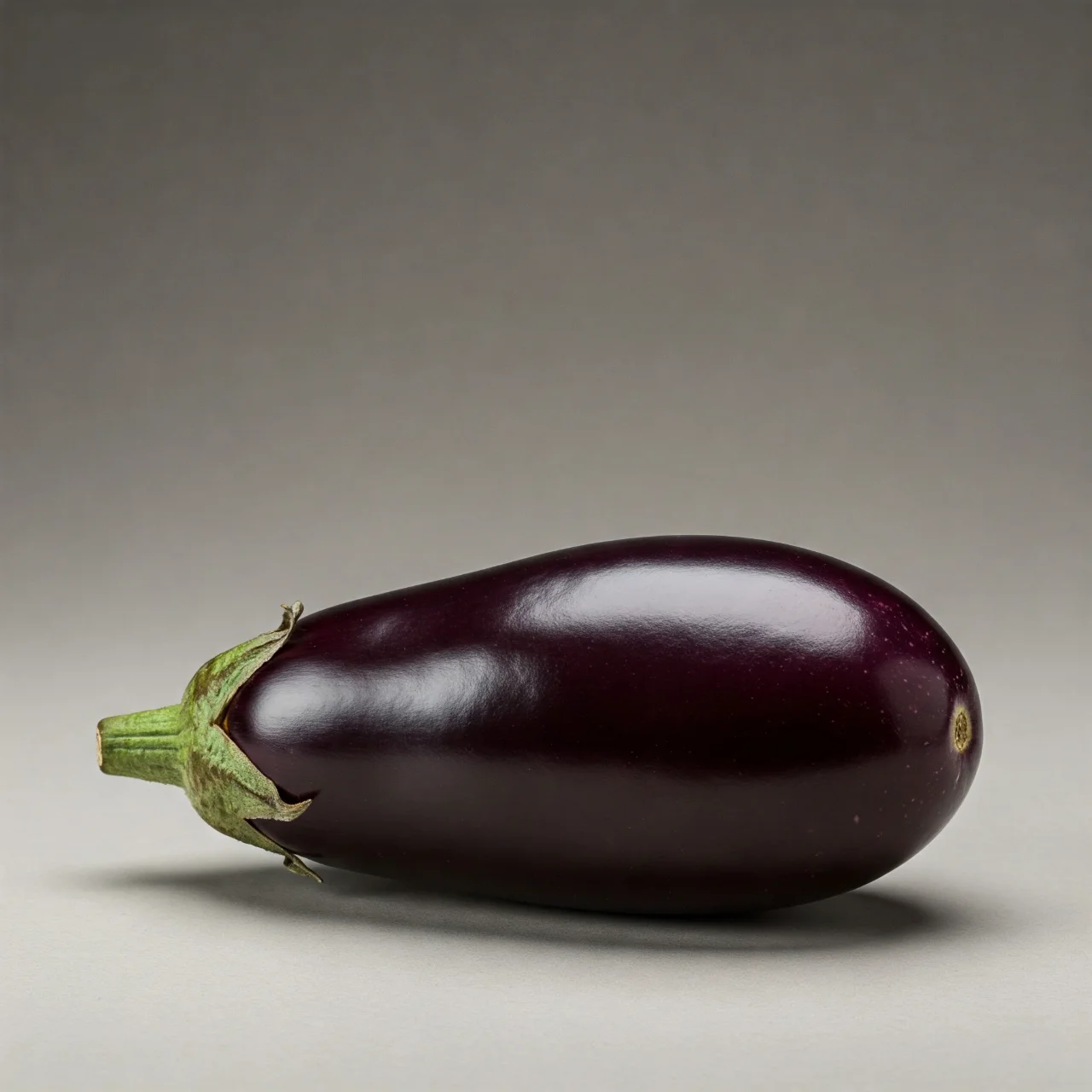
With its deep purple hue and unique spongy texture, eggplant is a star in Mediterranean and Asian cuisines. We roast it, grill it, and incorporate it into hearty vegetable dishes. Yet, despite its savory applications, eggplant is, you guessed it, a fruit! It develops from the eggplant flower and contains small seeds within its fleshy interior. Its ability to soak up flavors and its savory profile often overshadow its fruity classification. But scientifically, the eggplant proudly belongs to the fruit family. Embrace the fruity side of eggplant next time you prepare baba ghanoush or eggplant parmesan!
5. Pumpkin: Fall Favorite That's Fruity to the Core 🎃

Pumpkins scream autumn, pumpkin spice lattes, and Halloween decorations. We bake them into pies, roast them in savory dishes, and carve them into jack-o'-lanterns. Despite their often savory and seasonal culinary roles, pumpkins are botanically fruits! They develop from the pumpkin flower and are packed with seeds. Their subtle sweetness and versatility allow them to seamlessly transition between sweet and savory dishes, further blurring the fruit-vegetable lines. But when you're scooping out pumpkin seeds this fall, remember you're dealing with the seeds of a fruit, not a vegetable!
6. Avocado: Creamy, Green, and a Berry Good Fruit! 🥑
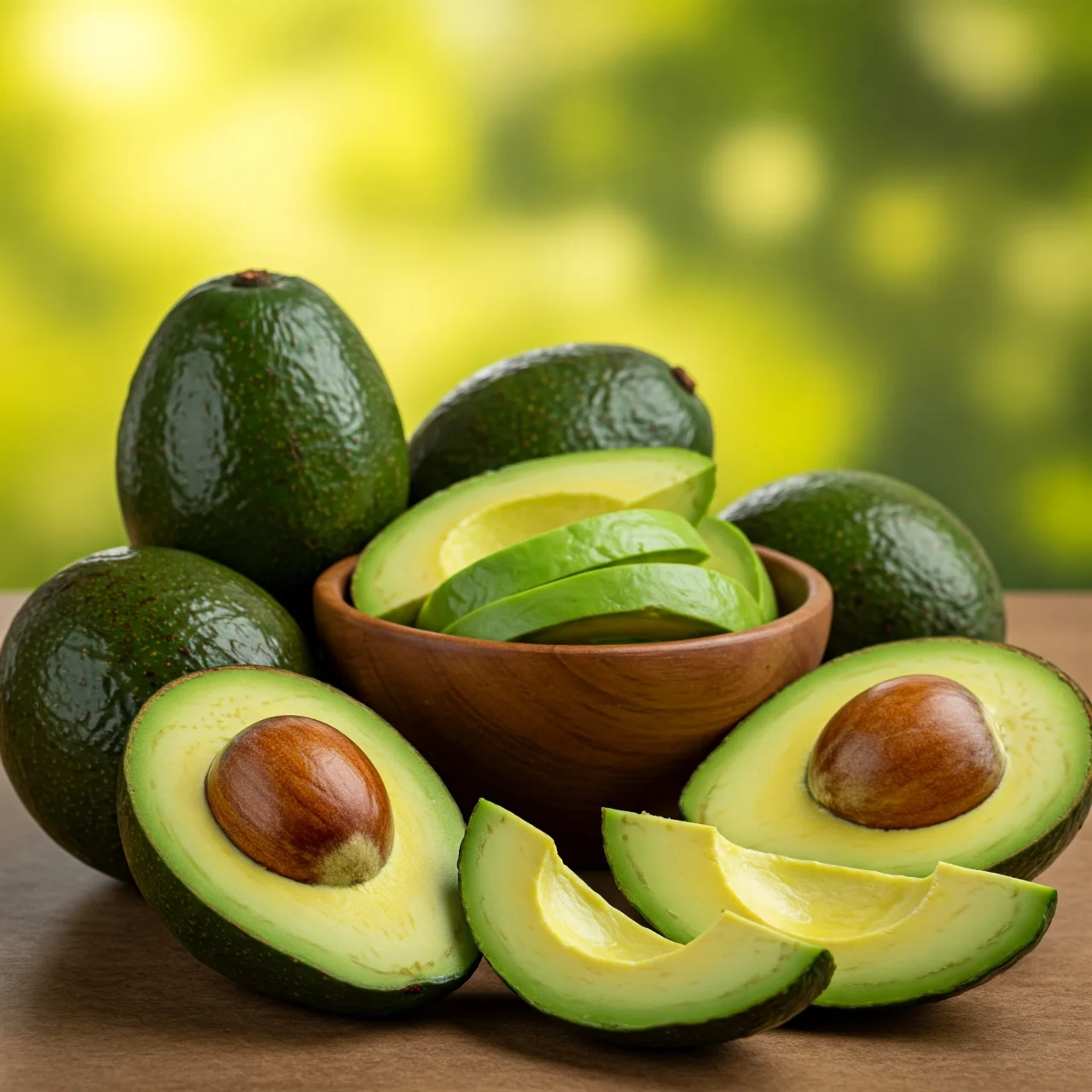
Avocado toast, guacamole, smoothies – avocados are everywhere! We often categorize them with vegetables due to their savory flavor and common uses in salads and savory meals. However, avocados are definitively fruits, and even more specifically, they are single-seeded berries! Yes, that creamy, green goodness is botanically a berry, growing from the avocado flower and containing a large seed. Their richness and healthy fats make them a unique fruit, often enjoyed in savory contexts. So, spread that avocado on your toast with the knowledge that you’re starting your day with a delicious and surprisingly fruity berry!
7. Green Beans: Long, Pod-Like, and Fruitfully Surprising 🫛
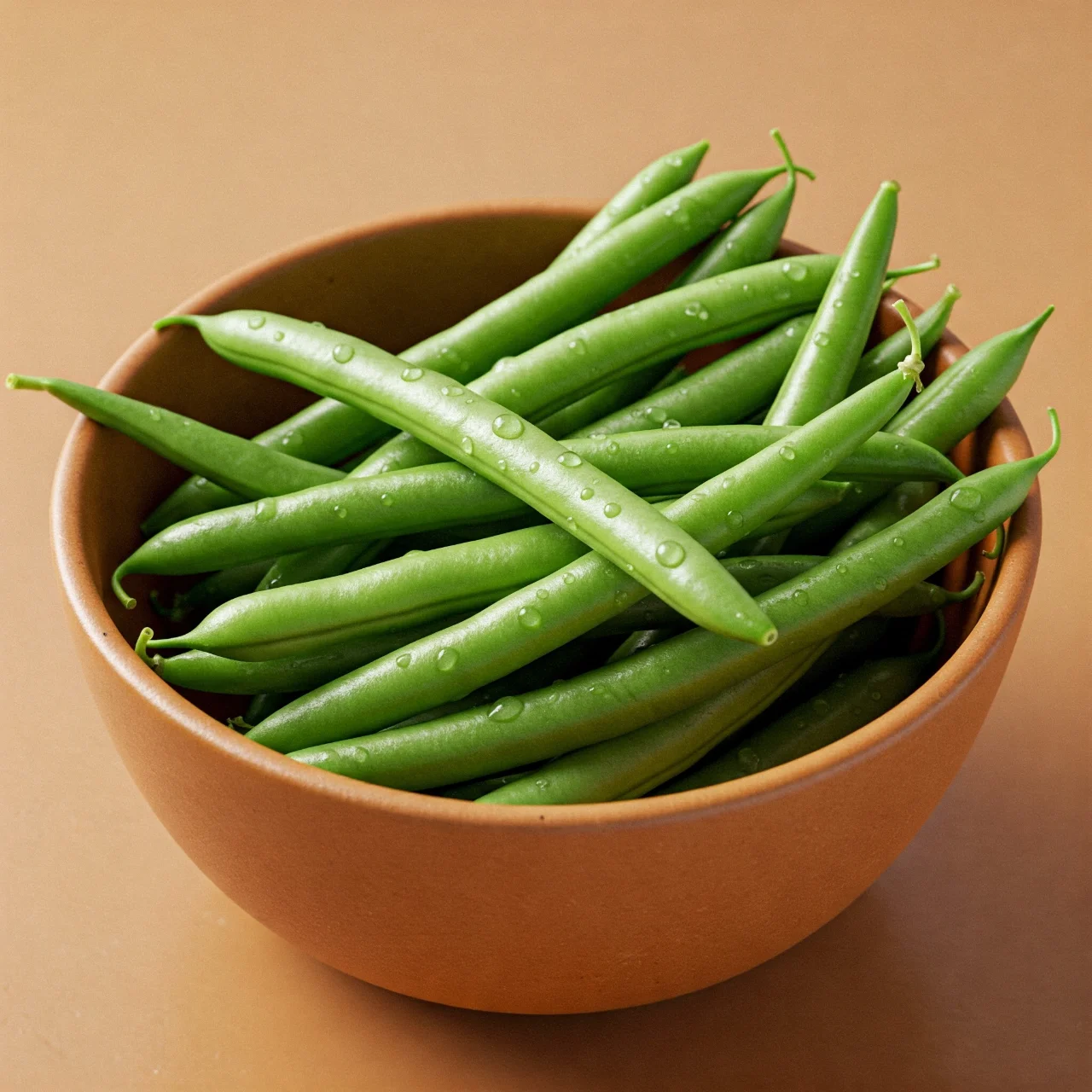
String beans or green beans, these slender pods are a common side dish, steamed, sautéed, or tossed in salads. We typically group them with other green vegetables. But botanically speaking, green beans are fruits! They are the seed-bearing pods of the bean plant, developing from the plant's flowers. We often eat them unripe, when the pods are still tender and green, contributing to their vegetable perception. But make no mistake, these crunchy, healthy additions to your plate are fruits in disguise. Enjoy your next green bean casserole with a newfound botanical appreciation!
8. Peas: Tiny, Sweet, and Pods of Fruity Goodness 완두콩
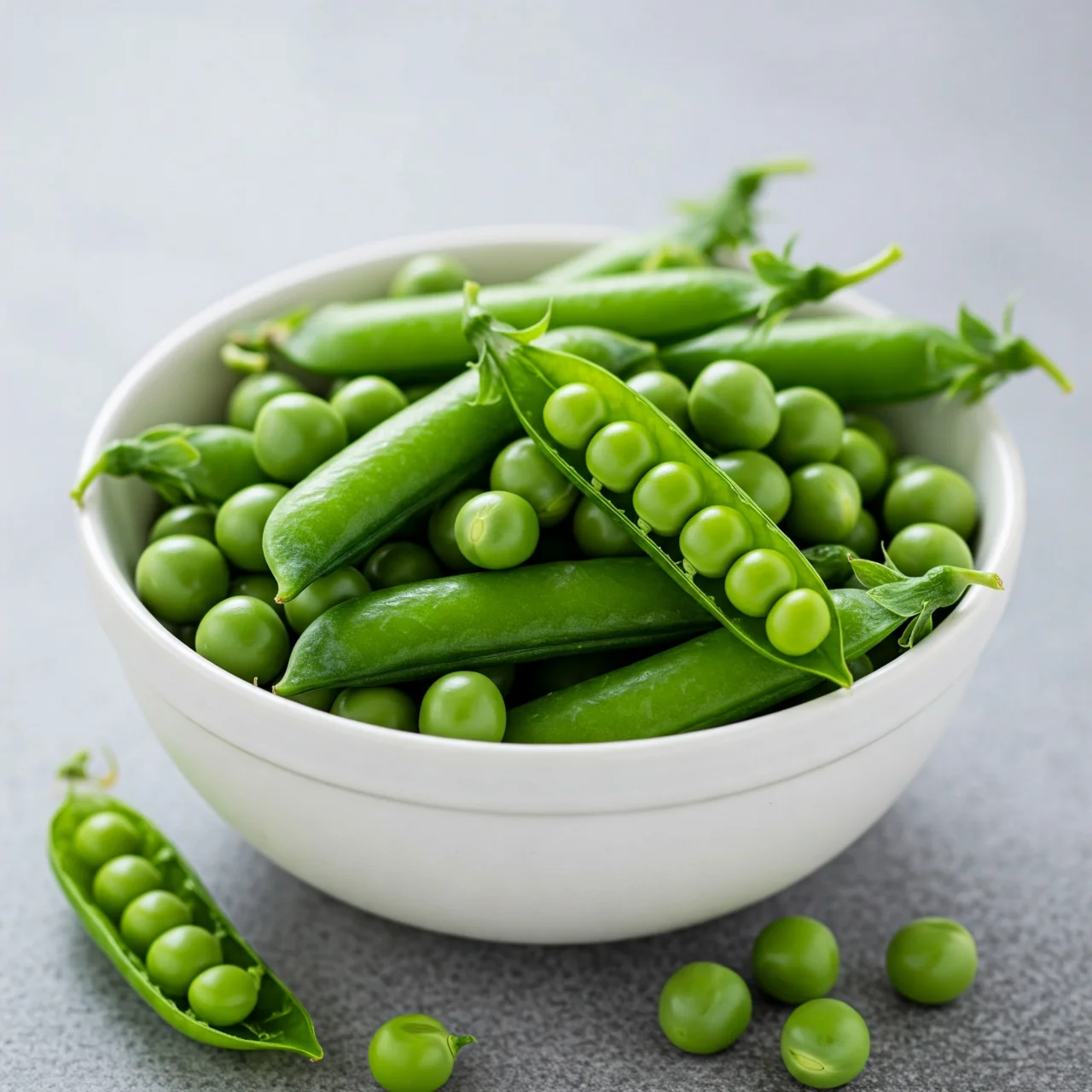
Sweet peas, snow peas, snap peas – these little green spheres are often relegated to the vegetable category, mixed into stir-fries, soups, and side dishes. However, peas, like beans, are fruits in the botanical world! They grow in pods from flowering pea plants and contain seeds within. Their sweetness, especially in fresh peas, hints at their fruity nature. Next time you're shelling peas, remember you're releasing tiny, sweet fruits from their pod. These little bursts of green are a delightful reminder that the fruit and vegetable categories can be surprisingly fluid.
9. Olives: Briny, Savory, and Mediterranean Fruits 🫒
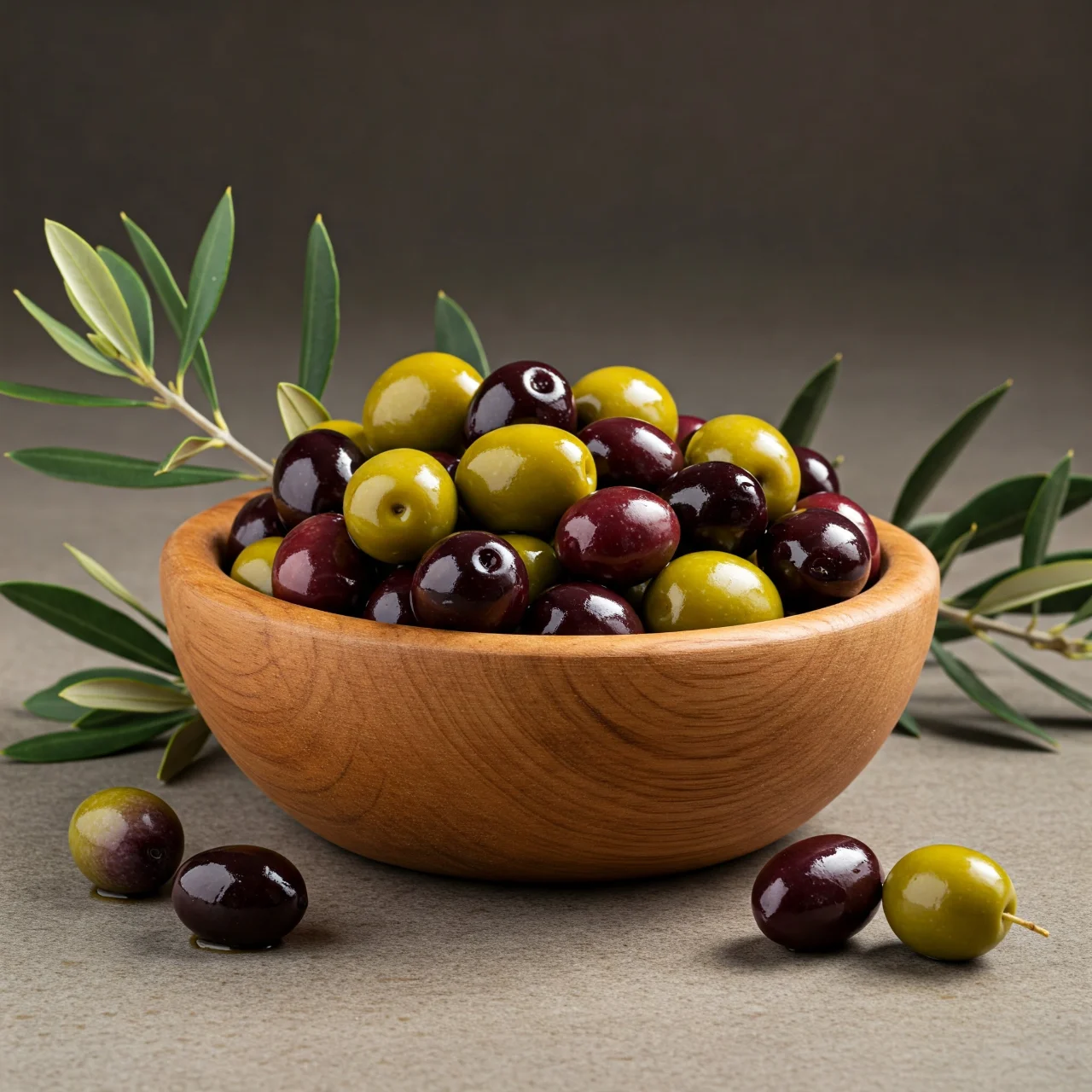
Olives, with their briny, savory flavor, are a staple of Mediterranean cuisine, enjoyed in tapenades, salads, and as appetizers. Their intense, non-sweet taste firmly plants them in our minds as vegetables. Yet, olives are indeed fruits! They grow on olive trees, developing from the olive flower, and contain a single seed (the pit). Their curing and brining process enhances their savory profile, masking their underlying fruity nature. But when you're enjoying a plate of olives, remember you're savoring the flavorful fruit of the olive tree.
10. Corn: Kernels of Sweet, Starchy… Fruit? 🌽
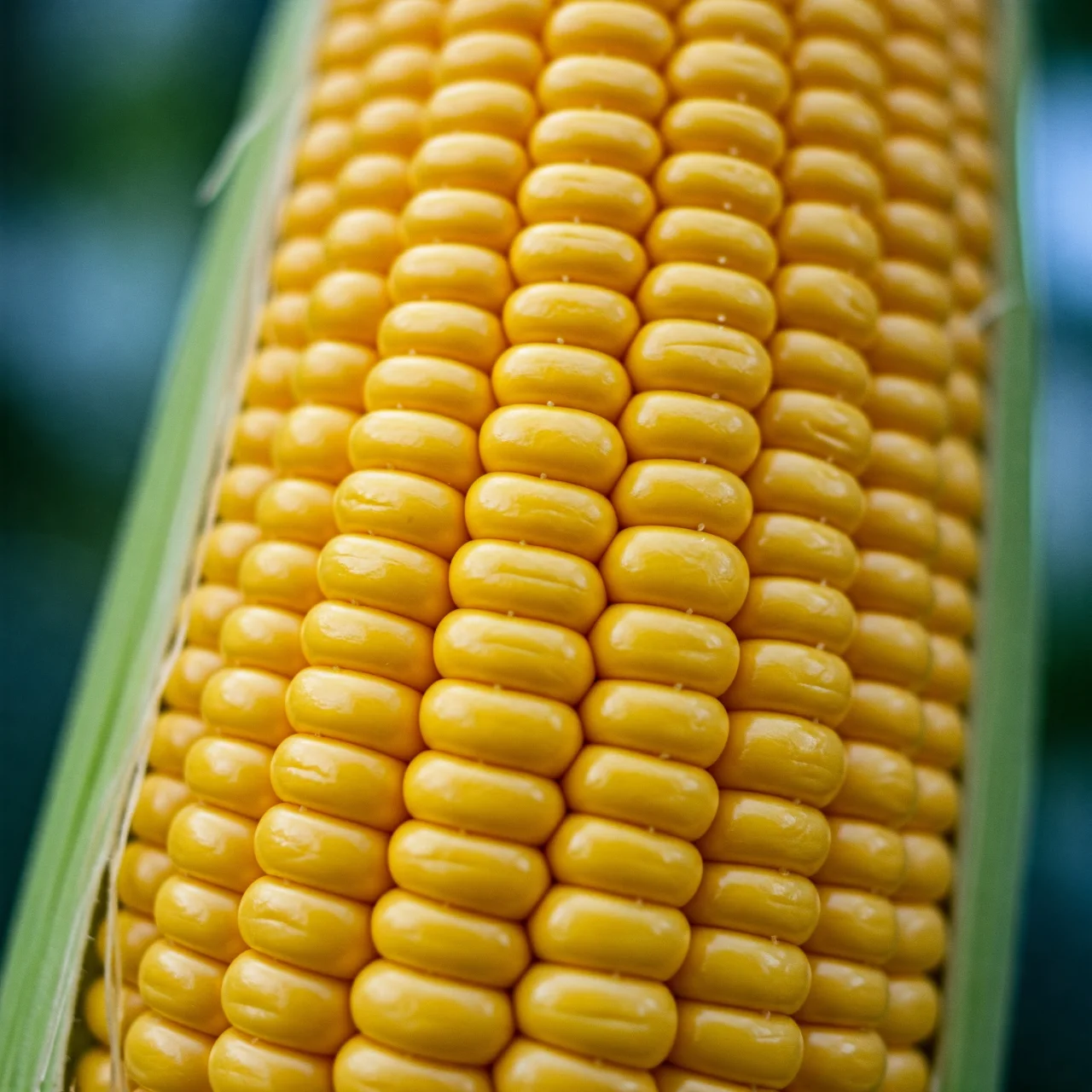
Corn on the cob, sweet corn kernels – corn is a summertime favorite, often grouped with vegetables due to its starchy nature and savory applications. But botanically, corn kernels are considered fruits! Each kernel develops from the ovary of the corn flower and contains a seed. The entire corn cob, with its rows of kernels, can be considered a multiple fruit. While we often enjoy corn as a starchy vegetable side dish, its sweet varieties and botanical classification firmly place it in the fruit camp. So, enjoy your next ear of corn with a newfound appreciation for its surprising fruity identity!
Fruit vs. Vegetable: It's All in the Seeds! 🤯
So there you have it – 10 common foods that have been pulling the fruity wool over our eyes! The key takeaway? Botanically, a fruit is defined by its seed-bearing nature, developing from the flower of a plant. Vegetables, on the other hand, are typically other parts of the plant, like roots, stems, or leaves. While culinary uses often dictate how we categorize these foods in the kitchen, it's fascinating to uncover their true botanical identities. Did any of these fruit-vegetable facts surprise you? Let us know in the comments below which one blew your mind the most! 👇 And get ready to impress your friends with your newfound produce knowledge!
Comments
Loading comments...